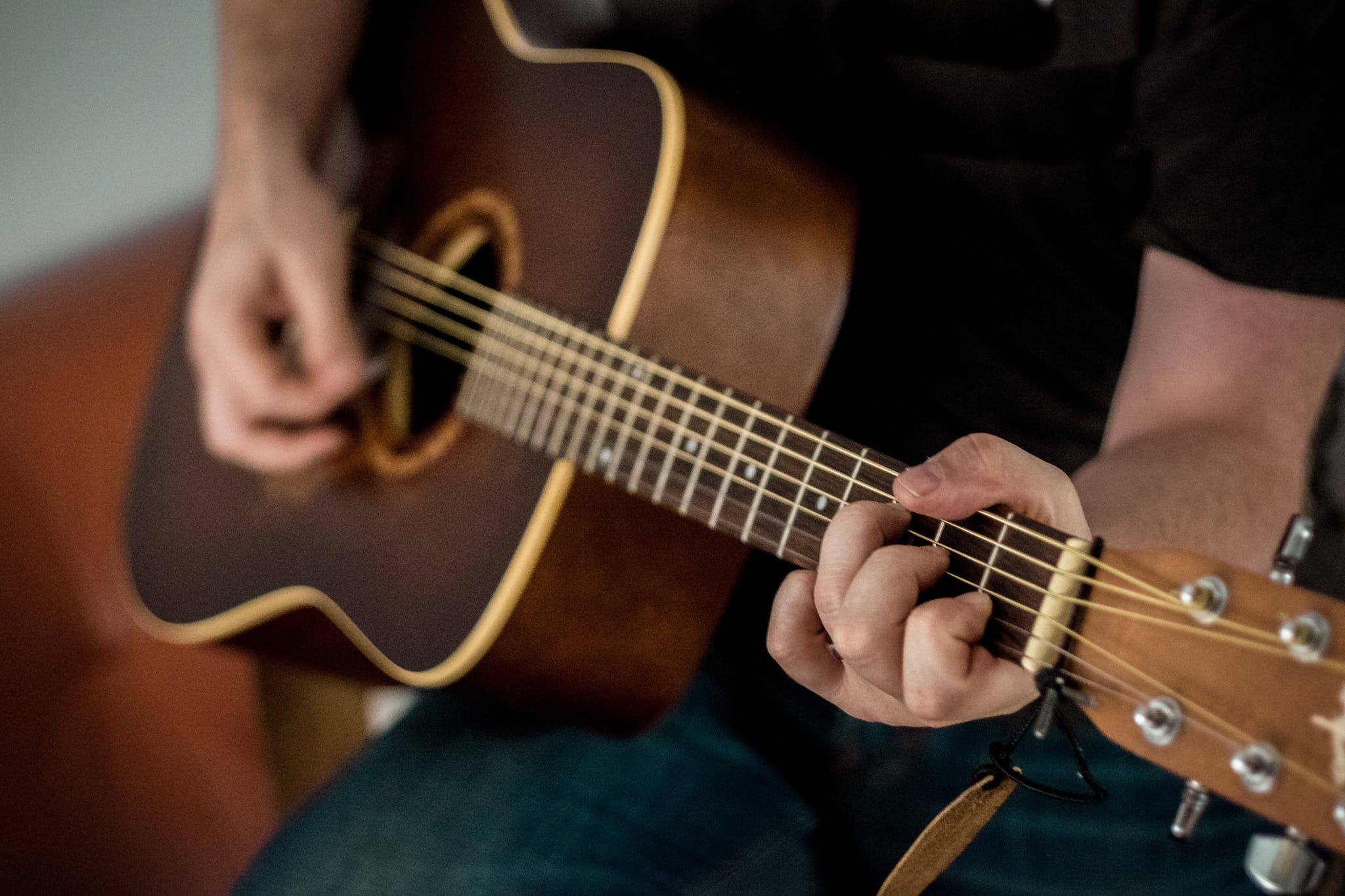
Strings Through Time: A Journey into the History of Guitars
The guitar, a versatile and beloved musical instrument, has a rich and diverse history that spans centuries and continents. From its humble origins to becoming a symbol of cultural expression, the guitar has undergone numerous transformations, influencing and being influenced by various musical traditions. In this exploration of the history of guitars, we embark on a journey through time to uncover the evolution of this iconic instrument.
Early Beginnings:
The roots of the guitar can be traced back to ancient civilizations. The earliest known ancestor of the guitar is the „kithara,“ an ancient Greek instrument with strings stretched across a wooden soundboard. Over time, various iterations of stringed instruments emerged across different cultures, from the oud in the Middle East to the lute in Europe. These early predecessors laid the groundwork for the development of the guitar as we know it today.
The Birth of the Modern Guitar:
The evolution of the guitar continued through the Renaissance and Baroque periods, with the emergence of instruments like the vihuela in Spain and the Baroque guitar in Europe. However, it was in the 19th century that the modern guitar began to take shape. Spanish luthier Antonio Torres is credited with introducing significant innovations in guitar design, such as the use of fan bracing and a larger body, shaping the foundation for the classical guitar.
The Rise of Steel Strings and Acoustic Guitars:
In the late 19th and early 20th centuries, the introduction of steel strings revolutionized guitar construction. This innovation led to the development of the steel-string acoustic guitar, which offered greater volume and projection compared to its gut-string counterparts. The iconic brands like Martin and Gibson played pivotal roles in popularizing the acoustic guitar, making it a staple in various musical genres.
The Birth of the Electric Guitar:
The 20th century brought about another seismic shift in the history of guitars with the invention of the electric guitar. Innovators like Les Paul and Leo Fender played key roles in the development of electric guitars, introducing solid-body designs and electromagnetic pickups. The electric guitar’s ability to produce amplified sound paved the way for the rise of rock ’n‘ roll, blues, and jazz, forever changing the musical landscape.
The Guitar in Popular Music:
As the guitar continued to evolve, it became a central figure in popular music across genres. From the bluesy sounds of Delta blues with artists like Robert Johnson to the electrifying performances of rock legends like Jimi Hendrix, the guitar became a symbol of rebellion, self-expression, and emotional intensity. Iconic guitarists and their signature styles defined entire eras of music, leaving an indelible mark on the cultural consciousness.
Innovation and Diversity:
In the modern era, the guitar has continued to evolve with innovations in technology and design. The introduction of the electric-acoustic guitar, advancements in pickup technology, and the rise of digital effects have expanded the instrument’s sonic possibilities. Today, the guitar exists in a myriad of forms, from traditional acoustic and electric guitars to hybrid models that blend the best of both worlds.
Conclusion:
The history of guitars is a tale of innovation, cultural exchange, and artistic expression. From ancient roots to the electrifying sounds of contemporary music, the guitar has adapted and transformed, reflecting the dynamic nature of human creativity. As we continue to appreciate and celebrate this iconic instrument, we honor the craftsmanship, passion, and musical ingenuity that have shaped the guitar’s enduring legacy.



